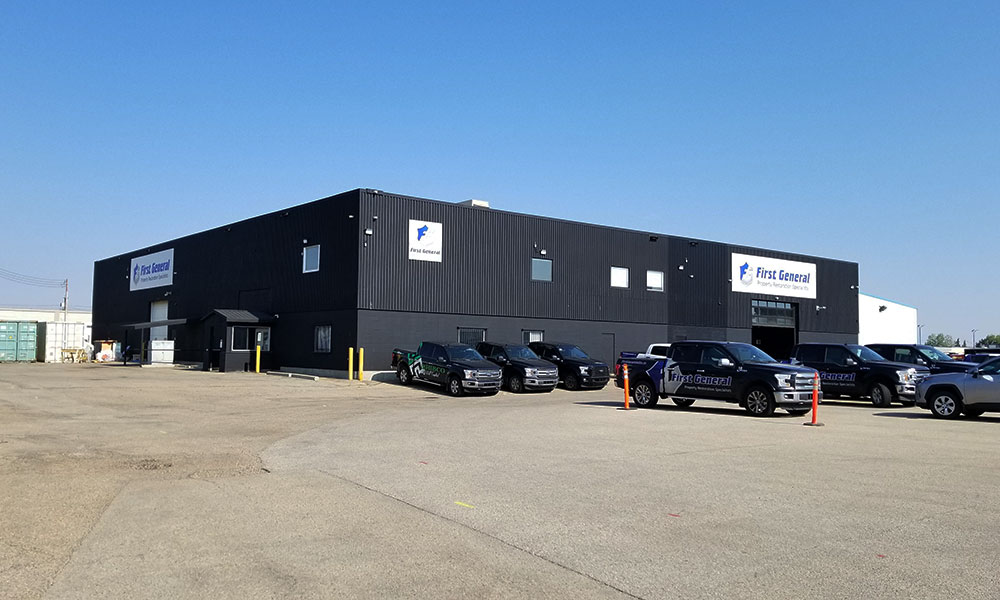Redesigning the future of attraction and retention
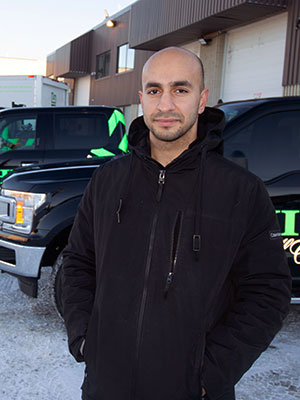 The staff washroom at First General Edmonton is far nicer than mine at home.
The staff washroom at First General Edmonton is far nicer than mine at home.
Workplaces should have decent facilities, of course, but this wouldn’t be out of place in a boutique hotel, with its walls of cedar and subway tiles in taupe and forest green. The lighting is soft and warm, and there’s a stack of fresh towels beside a shower encased in crystal-clear glass.
But what makes this bathroom truly remarkable is that it arguably is out of place. Open the door to leave and the hotel illusion disappears like condensation wiped from a mirror – revealling a view of a common warehouse. It’s tidy, with a clean concrete floor and equipment stacked neatly on high shelves, but it’s still a warehouse. Few customers will ever see this tony toilet.
And that’s the point. When the property restoration company took over the 22,000-square-foot, west end space in 2021, the owners set to work on a $1.5-million renovation.
“We did it because we wanted to have a good work experience,” says Moe Barzagar (Construction Engineering Technology ’16), managing partner with his brothers Hani and Matti. “We wanted to have a good mental health, physical health [and] culture.”
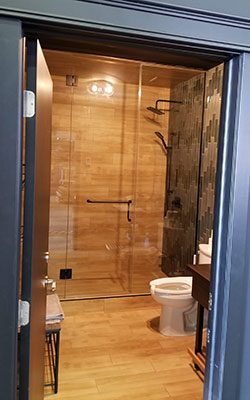 To that effect, in addition to that bathroom – decorated to ensure that warehouse staff, who occupy three-quarters of the facility, don’t feel underappreciated – there’s a gym around the corner, cleverly tucked into a sea can.
To that effect, in addition to that bathroom – decorated to ensure that warehouse staff, who occupy three-quarters of the facility, don’t feel underappreciated – there’s a gym around the corner, cleverly tucked into a sea can.
In the other quarter of the facility, which also houses the brothers’ realated business, Hibco Construction, there are rows of shelves for cluttering with personal trinkets in staff offices, a spacious lobby so lovely that it has hosted weddings and, behind a concealled door, a small lounge (which doubles as a nap room if necessary).
Overall, the place feels lived in as much as worked in.
In a way, it’s a product of our times. At the height of the pandemic, even if employees missed workplace camaraderie, they got used to the convenience of home. When restrictions finally lifted, followed by the lowest unemployment rates since 2015, workers could get choosy about which company they wanted to spend their time at, even in a hybrid capacity.
That may raise a question for employers everywhere: How much is that warehouse washroom a kind of illusion or, with respect to attraction and retention, how much is it a vision of things to come?
Redesigning for modern work
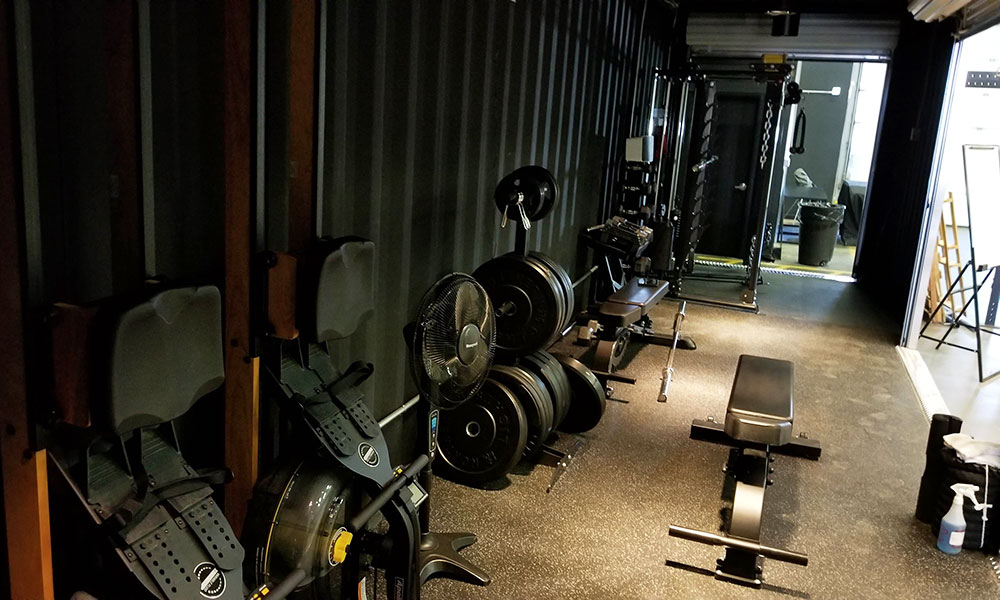
Most Canadian employees who can do their jobs from home are happy to continue doing so – despite major employers, such as the federal government, mandating a return to the office. A recent Angus Reid study found that only one in three workers would willingly go back, while another third would consider looking for a new job. A fifth would just quit.
Lack of employer success in luring workers back full time might also be reflected in downtown commercial vacancy rates. In Edmonton in mid-2023, it’s 24.1%; Calgary, 31.5% – both exceed the national average of 18.9%. What COVID took away in occupancy and vibrancy, an overheated economy has yet to replace – putting the responsibility on employers to get creative.
.jpg) “What separates buildings and work environments from each other is the experience,” says Chuck Clubine (Finance '93), senior associate at the Edmonton offices of Lizotte and Associates Real Estate.
“What separates buildings and work environments from each other is the experience,” says Chuck Clubine (Finance '93), senior associate at the Edmonton offices of Lizotte and Associates Real Estate.
“We’re in a culture that really values work-life balance – more than ever I’ve experienced. So employers are trying to make work an inviting place to be.”
The commercial real estate veteran has seen that play out in a few ways. Among the simplest is a rethinking of the “bullpen,” in which groups of cubicles for junior employees are surrounded by rooms for senior staffers. Layouts are opening up, says Clubine, offering more light and space – a welcome legacy, perhaps, of pandemic distancing.
In more complicated examples, Clubine notes buildings with full gyms, entertainment rooms and other features that workers just can’t get at home – “something where the employees have more than just an office and desk,” he says.
As an interior designer at S2 Architecture in Edmonton, Laurel Cox (Interior Design Technology ’17) works with clients everyday to reimagine offices in ways that will encourage in-person collaboration or, at the very least, physical presence.
“How do we make this [work]space enticing,” she asks, “so that [employees] are not wanting to stay home?”
 Designing for activity-based work is one way, says Cox.
Designing for activity-based work is one way, says Cox.
The concept is both modern and simple, in that it acknowledges that employees do more than stare at screens all day. This might entail easily moved furniture for teamwork, rooms for private calls, comfy couches for recharging or quiet conversations, or “anything that can support the type of work you’re doing.”
Cox’s own office is in a century-old former brewhouse in Edmonton's Brewery District. “The space I’m in right now is where the casks used to be,” she tells me during our video call. It’s exposed brick and concrete and is bright and open, capped by 15-foot ceilings.
Cox enjoys being there – three weekdays out of five.
“It’s a great atmosphere and a really welcoming environment. You can see everybody just buzzing around,” she says.
“The only thing it could use is some sound attenuation.”
Better questions

Noisy or not, that buzz, and finding ways to promote it, can be essential to building a workplace culture that Scott Stoppler (Management ’98, Marketing ’99) feels directly influences success.
Stoppler is president and CEO at ECL Group of Companies, comprised of five firms that are focused on specific aspects of the human capital side of businesses. They've taken an “office-first” approach for team members based in Edmonton, Calgary and Toronto.
“I’m not saying it is impossible, but it is very challenging to have a culture that is purely remote,” he says. “For the most part, I believe that human interaction is a big part of what drives us. Most of the innovation I have seen in our organization is a result of people coming together.”
"It’s very challenging to have a culture that’s purely remote.”
That said, Stoppler hasn’t furnished ECL offices with bean-bag chairs and pinball machines.
“People know it’s work and not their family room,” he says, not unkindly. (Clubine might concur, having never seen employees flocking to the theatres and gyms in clients’ renewed offices during his visits.)
At the same time, however, Stoppler appreciates the value – even necessity – of acknowledging employees’ wishes and feelings. He knows that COVID changed more than how we share spaces; it changed how individuals view their relationship to those spaces. Where we spend the finite resource of our time is now less of a perk and more of an existential consideration.
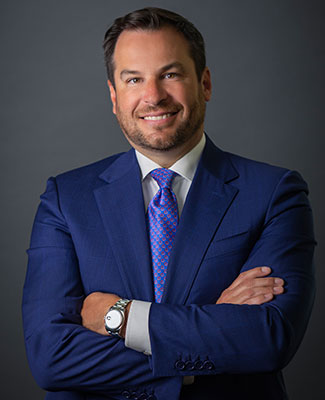 “The pandemic prompted all of us to start asking better questions,” says Stoppler. “People are asking ‘What’s the culture like? What’s the flexibility? What’s the environment?’ on a higher level.”
“The pandemic prompted all of us to start asking better questions,” says Stoppler. “People are asking ‘What’s the culture like? What’s the flexibility? What’s the environment?’ on a higher level.”
Upcoming generations – the replacement for a rapidly retiring workforce – may be more inclined to ask those questions than their predecessors, pushing employers harder to respond in meaningful ways.
“Money isn’t the biggest motivator for this generation,” says Clubine. He looks at the issue in three ways: 1) from the perspectives of his clients; 2) as someone who is himself responsible for hiring staff; and 3) as a father of a member of that generation.
“It’s a new mentality.”
In keeping with a tendency for most Millennials to be less materialistic, Clubine’s son will opt for public transit over buying a car, his father observes, and prefers spending his money on experiences, like meals at good restaurants.
“It’s quite interesting,” says Clubine. “He’s not alone. For employers, that’s part of your workforce. They’re smart kids and they can add to your business.
“How do we attract them and get them engaged, feeling like we’re giving that lifestyle to them?”
Where people gather
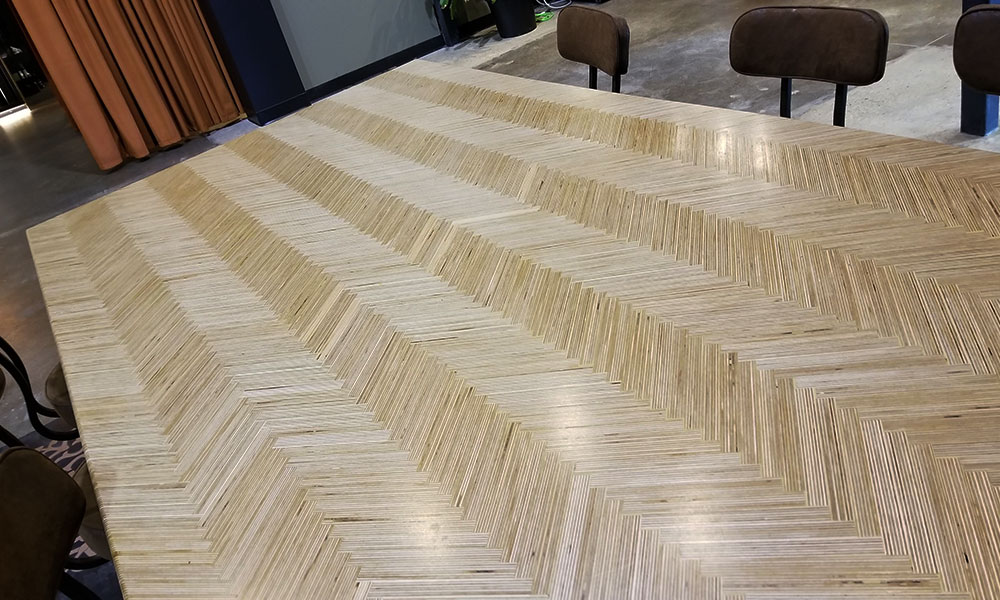
A lot of Moe Barzagar’s employees can’t work remotely, eliminating some of those lifestyle choices. The contents of a flooded house that First General is restoring can't be warehoused by way of a laptop in a home office (yet). But on the day I visited, it wasn’t just the warehouse staff buzzing about – nearly every office and desk was occupied despite the company’s flexible work options.
I asked Stoppler for his thoughts on this. Overall, he sees the Barzagar brothers’ efforts as having not just a positive impact on the culture, but as being an embodiment of that culture. And that, in turn, could have a positive impact on the company’s bottom line.
“Employees can see tangible examples of what the company is striving for,” says Stoppler. “And I do believe that, as a result, [it is] going to get a lot of referrals from existing employees. The labour shortage is real and it’s not going away. Doing everything possible to have the strongest culture you can is critical.”
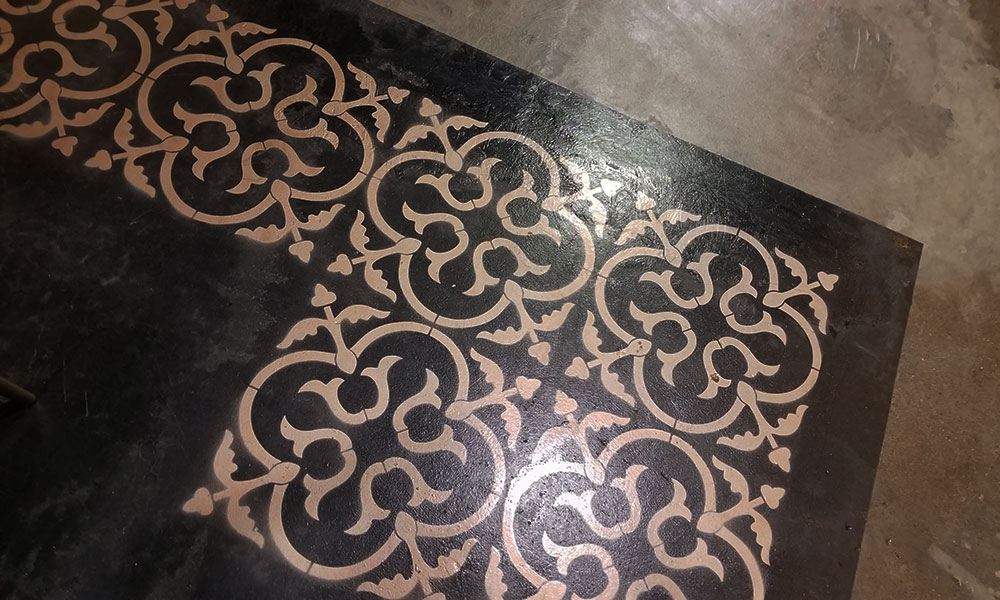 Barzagar knows from experience that an employer still needs to have the right people and leaders in place, that no employee will stay for a decked-out bathroom when their supervisor stinks. But he has also seen the effect that attention to detail can have when it’s directed toward fulfilling a need more closely related to comfort than productivity.
Barzagar knows from experience that an employer still needs to have the right people and leaders in place, that no employee will stay for a decked-out bathroom when their supervisor stinks. But he has also seen the effect that attention to detail can have when it’s directed toward fulfilling a need more closely related to comfort than productivity.
The most popular place for groups of the company’s roughly 130 employees to congregate is at a high-top table in the lobby. It was handmade by the brothers and a few employees out of bits of plywood that they arranged in a striking herringbone pattern. It’s also full of visible carpentry flaws, sanded over and lacquered.
Underneath the table, they stencilled a gold pattern onto the concrete floor, giving the effect of an ornamental rug. They left it unprotected.
Over time, it will scratch, like hardwood in a dining room worn down by years of people gathering to spend time together. That’s OK by Barzagar.
“People love that spot,” he says. “It doesn’t have to be perfect. It just works.”
